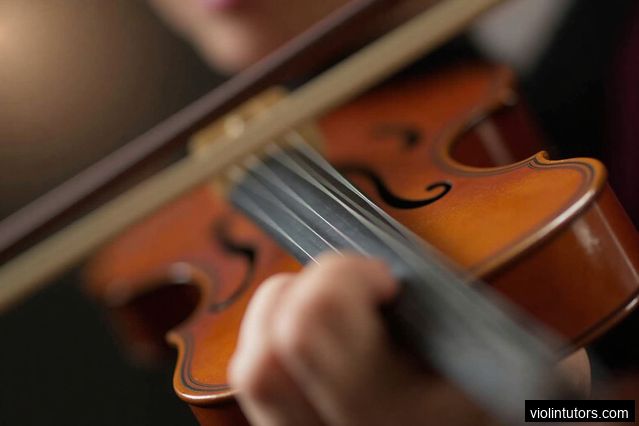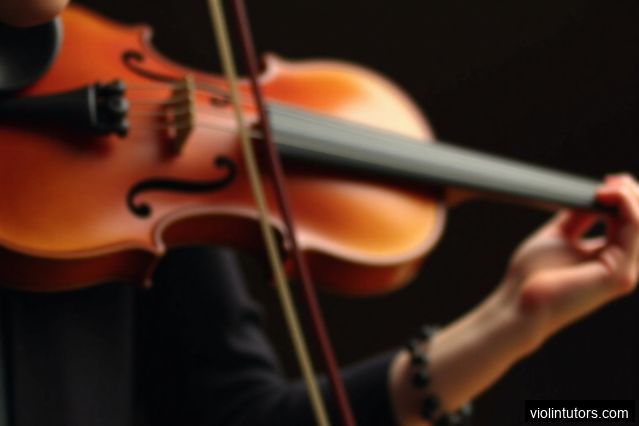Bow Control: The Foundation of Great Violin Playing
Bow control is the foundation of great violin playing. It involves mastering various bowing techniques such as the use of different bow strokes, bow speed, and bow pressure. To improve bow control, it is essential to practice exercises that focus on each element individually. For example, practicing long bows to work on bow speed and pressure or practicing spiccato to improve control over bouncing bow strokes.
The Importance of Proper Finger Placement
Proper finger placement is crucial for playing complex passages accurately. Each finger should be placed precisely on the fingerboard to produce the desired pitch. One effective exercise is to practice scales slowly, paying close attention to finger placement and ensuring that each note is clear and in tune. Additionally, developing finger strength through finger exercises can greatly enhance control and accuracy.
Mastering Vibrato: Adding Depth and Expression
Vibrato is a technique that adds depth and expression to violin playing. It involves oscillating the pitch of a note using finger movements. To master vibrato, it is important to start slowly and focus on maintaining a relaxed hand position. Gradually increase the speed and width of the vibrato motion while maintaining control and a consistent tone. Regular practice of exercises specifically designed to improve vibrato technique can yield significant improvements over time.
Integrating Double Stops: Playing Multiple Notes Simultaneously
Double stops require playing two notes simultaneously on adjacent strings. This technique adds richness and complexity to the music. To master double stops, it is essential to start with simple exercises that involve playing intervals such as thirds or octaves. Gradually progress to more challenging passages in pieces, paying attention to intonation and bow control. Practicing scales and arpeggios in double stops can also strengthen the fingers and improve coordination.
Navigating Tricky Shifts: Seamless Position Changes
Shifts are essential for navigating the fingerboard and playing higher positions. To execute shifts smoothly, it is crucial to develop a strong sense of muscle memory and finger placement. One effective exercise is to practice shifting on a single string, focusing on accuracy and maintaining a consistent tone. Gradually incorporate shifts into scales, etudes, and repertoire to reinforce the skill. Additionally, utilizing guide fingers can help maintain hand position during shifts.
Tackling Complex Bowing Techniques: Spiccato, Colle, and Sautille
Complex bowing techniques like spiccato, colle, and sautille require precision and control. To master these techniques, it is essential to start slowly and focus on the correct bowing motion. Gradually increase the speed while maintaining control and clarity of each note. Practicing exercises specifically designed to target these bowing techniques, such as etudes and studies, can greatly improve proficiency.








